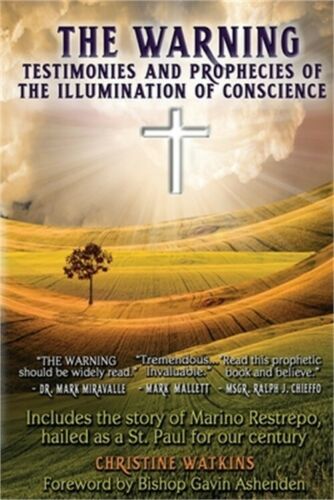-40%
Warm Disease Theory: Wen Bing Xue (2003, Paperback) by Jian-Min Wen
$ 21.09
- Description
- Size Guide
Description
Warm Disease Theory: Wen Bing Xue 1st Editionby Jian-Min Wen (Author)
Paperback:
280 pages
Publisher:
REDWING BOOK DIST; 1 edition (January 15, 2003)
Language:
English
ISBN-10:
0912111747
ISBN-13:
978-0912111742
Product Dimensions:
7 x 0.7 x 9.9 inches
Shipping Weight:
1.2 pounds
In Chinese medicine there are four classics that all serious students are required to study. These include the
Classic of Internal Medicine (Nei Jing), Treatise on Cold Damage (Shang Han Lun), Synopsis of the Golden Chamber (Jin Kui Yao Lue),
and
Warm Disease Theory (Wen Bing Xue). Warm Disease Theory
is the most modern of the four classics. Although referred to as a classic, in this context, the term "classic" means an area of classical study rather than a single classical text. Even though there are numerous references to warm diseases in very ancient texts, warm disease was not developed as an independent system until the Qing dynasty. There were several schools of warm disease, dating from the Ming and Qing dynasties, but until the time this text was written there had never been an attempt to integrate their ideas into an overview. The five medical experts who most significantly influenced the development of Warm Disease theory were Wu You Ke, Ye Tian Shi, Xue Sheng Bai, Wu Ju Tong, and Wang Meng Ying.
The first of these, Wu You Ke, lived in the Ming dynasty. He put forward the theory of pestilence qi
(li qi)
which explained the role of certain infectious factors in the etiology of communicable diseases. His was the first theory to assert that warm pathogens enter the body through the mouth and nose. He published these ideas in his
Treatise on Acute Epidemic Warmth (Wen Yi Lun).
The other four medical experts all lived and wrote during the Qing dynasty. Dr Ye Tian Shi introduced the theory that warm diseases develop and transmit through four aspects, namely the defense, qi, construction, and blood aspects. His lectures and teachings were edited by his disciples and published in the
Treatise on Warm Heat (Wen Re Lun)
. Xue Sheng Bai concentrated on discussing damp-heat disease factors. He clearly explained that damp-heat usually occurs from a combination of external yang brightness and internal greater yin factors affecting each other. He published his ideas in his
Detailed Analysis of Damp-Heat (Shi Re Tiao Bian).
Dr Wu Ju Tong expanded on the ideas of Dr Ye Tian Shi by developing a system of differential diagnosis based on the pathological changes in the triple burner. He summarized his findings and published them in his
Detailed Analysis of Warm Diseases (Wen Bing Tiao Bian).
Dr Wang Meng Ying developed insights on the cause of warm fevers, their symptoms, and their treatment methods, by applying the theories set down in the
Classic of Internal Medicine and Treatise on Cold Damage
to the views of his renowned contemporaries. He published his ideas in several books, the most important of which is
Warm Disease Latitudes and Longitudes (Wen Re Jing Wei).
However, even these great Ming and Qing dynasty doctors of warm disease, on whose works this text is based, only had partial insights; their views were relatively fragmentary.
Warm Disease Theory
is the first text to integrate the views of every school, the first to undertake a comprehensive discussion of the foundations of warm disease theory and the clinical treatment of warm diseases. It is in fact such a valuable source of theoretical and therapeutic information that it is often considered a modern classic.
The text is arranged in two sections. The first introduces all the basic information about warm disease, including its history, disease causes, pattern identification, and general diagnostic and treatment methods. The second section devotes a separate chapter to each of the different warm diseases. It deals with the disease factors, clinical manifestations, pulses, and treatments in the warm diseases of the four seasons including wind warmth, spring warmth, summerheat warmth, damp warmth, latent summerheat warmth, autumn dryness, and warm toxins. In each of these warm diseases, the disease concepts, etiologies, pathologies, main points of diagnosis and treatment policies are discussed first, then the patterns and treatments of their characteristic disease transformations are explained.









